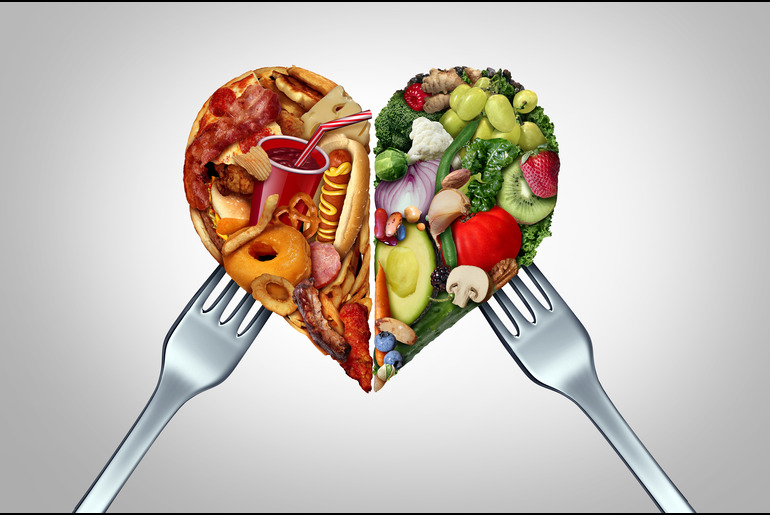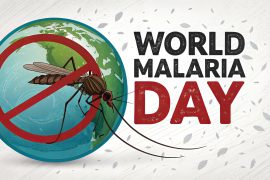The world is facing a silent but growing crisis. A recent study published in The Lancet reveals that in 2022, more than 1 billion people worldwide are living with obesity[1]. The situation in India is particularly concerning, with a staggering 40.3% of the population affected by this condition[2].
Health Risks Associated with Obesity:
Obesity isn’t just a matter of appearance; it’s a serious health issue with far-reaching consequences. It’s considered a significant risk factor for ischemic heart disease, which is a condition characterized by reduced blood flow to the heart and is the leading cause of death among adults. Moreover, the impact of obesity extends beyond cardiovascular health. To illustrate the severity of this issue, look into the following health risks associated with obesity:
- Type 2 diabetes
- Cardiovascular diseases
- Certain types of cancer
- Osteoarthritis
- Potential contribution to neurological conditions such as Alzheimer’s disease
Defining Obesity:
Defined as a chronic disease resulting from the interplay between genetic predisposition and environmental influences, obesity occurs when excess fat accumulation increases health risks. For Indians specifically, health experts use Body Mass Index (BMI) – a measure that uses your height and weight to work out if your weight is healthy – to classify weight status. Individuals with a BMI between 25.0 and 29.9 kg/m2 are considered overweight, while those with a BMI of 30 kg/m2 or higher are classified as obese.
The Root Causes of Obesity:
The root causes of this growing epidemic are complex and multifaceted. Research indicates that the most significant factors contributing to the increased prevalence of obesity include smoking, unclean cooking fuel, and diabetes. However, there are additional factors to consider when examining the causes of obesity.
The Impact of Economic Growth and Globalization
Economic growth and globalization have played a substantial role in shaping our eating habits. As living standards improve, there’s been a noticeable shift in dietary patterns. Traditional diets rich in vegetables and grains are being displaced by high-calorie processed foods. This dietary transition, coupled with the allure of diverse international cuisines, has led to a significant increase in caloric intake across Indian households.
Modern Lifestyle Challenges:
Furthermore, modern urban lifestyles have introduced a new set of challenges. The lack of physical activity, unhealthy diets and excessive consumption of nicotine and alcohol, has shown a significant correlation with an increased risk of obesity. What’s particularly concerning is how these modern diets, laden with fats and sugars, often mimic the addictive properties of substances like nicotine and alcohol. They trigger dopamine release in our brains, driving cycles of craving and reward that can be hard to break. This dietary pattern not only contributes to weight gain but also fosters hormonal imbalances, perpetuating a constant state of hunger and further fueling the obesity epidemic.
As we unravel the complex web of factors contributing to obesity, it becomes clear that addressing this issue requires a multifaceted approach. Fortunately, adopting healthy eating habits can play a crucial role in combating obesity and improving overall health.
Key Principles for Sustainable Weight Loss:
When it comes to weight loss, two key principles stand out:
- Find an approach that works for you specifically—one that makes you feel good and keeps you motivated.
- Practice patience; sustainable weight loss happens slowly but steadily.
Rather than embracing short-term “fad diets,” those who have successfully lost weight and kept it off have usually made a permanent shift toward healthier eating habits.
Characteristics of a Healthy Diet:
A healthy diet favors natural, unprocessed foods over pre-packaged meals and snacks. It’s balanced, providing your body with all the nutrients and minerals it needs to function optimally. Plant-based foods, especially fruits and vegetables, take center stage, complemented by adequate protein sources. Such a diet is typically low in sugar and salt but incorporates “healthy fats” from sources like fish, olive oil, and other plant-derived oils.
ICMR Dietary Guidelines for the Indian Population:
The Indian Council of Medical Research (ICMR[4])provides specific dietary guidelines tailored for the Indian population:
- Choose a variety of foods in amounts appropriate for age, gender, physiological status, and physical activity.
- Use a combination of whole grains, cereals, pulses, and millets.
- Prefer fresh and locally available vegetables in plenty.
- Include foods of animal origin such as milk, eggs, and meat, particularly for pregnant and lactating women, children, and adolescents.
- Choose nutrient-rich foods such as pulses (lentils, beans, peas), lean meat, fish, and low-fat milk, especially for elders.
Practical Tips for Healthier Eating:
To further refine your eating habits, consider these practical tips:
- Include non-starchy fresh vegetables and green leafy vegetables in every meal, along with at least 30 grams of fruits.
- Ensure that at least 50% of your cereals and grains are whole grains (minimally polished) for adequate nutrients and fiber.
- Pair cereal or millet-based meals with adequate pulses or beans for good quality protein and fiber.
- Consume adequate quantities of nuts, oilseeds, and fatty fish, while restricting cooking oils to approx. 25-30g per day.
- Limit meal frequency to two to three times a day.
- Avoid ultra-processed foods (UPFs) and foods high in fat, sugar, and salt (HFSS).
- For adults, avoid sugar or restrict intake to approx. 20-25g per day
Three Key Guidelines for Combating Obesity:
To further guide you in adopting healthier eating habits, let’s delve into three key guidelines that can significantly impact your health and help combat obesity:
Eat Plenty of Vegetables and Legumes:
Fresh vegetables and fruits are treasure troves of micronutrients, phytonutrients, bioactive substances, and fiber. Leafy vegetables, in particular, are rich in carotenoids, iron, folate, calcium, and other crucial nutrients. The key lies in variety and color:
- Consume fresh, locally available, and preferably seasonal produce.
- Aim for a rainbow on your plate: include vegetables and fruits of different colors.
- Incorporate commonly consumed leafy greens, tomatoes, berries, and vegetables in yellow, orange, red, deep red and purple hues.
- Choose vitamin C-rich colored citrus fruits to significantly enrich your diet.
- Prefer root vegetables like carrots, radish, beetroot, knol-kohl, and turnip over starchy tubers like potato, yam, Colocasia, and cassava.
Restrict Salt Intake
High salt consumption can have detrimental effects on blood vessels, blood pressure, bones, and the gastrointestinal tract. There’s a strong link between salt intake and hypertension:
- Populations consuming less than 3g of salt per day show a low prevalence of hypertension.
- The usual age-related increase in blood pressure is not observed with such low intakes.
- Be wary of hidden salt in processed foods like snacks, savories, soups, sauces, ketchup, salted butter, cheese, canned foods, papads, and salted dry fish or nuts.
- Limit consumption of preserved meats/vegetables and ready-to-eat foods, which often contain high levels of salt and sodium.
- Be mindful of sodium-rich additives like baking soda, baking powder, and monosodium glutamate in processed foods.
Minimize Consumption of High Fat, Sugar, Salt (HFSS) Foods and Ultra- Processed Foods (UPFs)
Foods high in fat and sugar are energy-dense but often poor in essential nutrients:
- Regular consumption of HFSS foods and UPFs can lead to overweight and obesity.
- These foods can deprive you of essential macronutrients (amino acids and fats), fiber, and micronutrients like vitamins, minerals, phytonutrients, and bioactive substances.
- A diet lacking essential amino acids, fatty acids, and micronutrients can cause anemia, affect cognition, learning ability, and memory, and increase the risk of non-communicable diseases (NCDs).
Conclusion
By incorporating these guidelines into your daily eating habits, you’re not just working towards weight management, but also ensuring your body receives the full spectrum of nutrients it needs for optimal functioning. Remember, the journey to healthier eating is a marathon, not a sprint. Small, consistent changes can lead to significant improvements in your overall health and well-being over time.
The blog has been authored by Dr. Venu Madhav, Bariatric Surgeon. The content is for informational purposes only and should not be taken as professional medical advice.
References:
https://pmc.ncbi.nlm.nih.gov/articles/PMC8455012/
https://www.ncbi.nlm.nih.gov/books/NBK541070/
https://www.nin.res.in/dietaryguidelines/pdfjs/locale/DGI07052024P.pdf





Comments are closed.